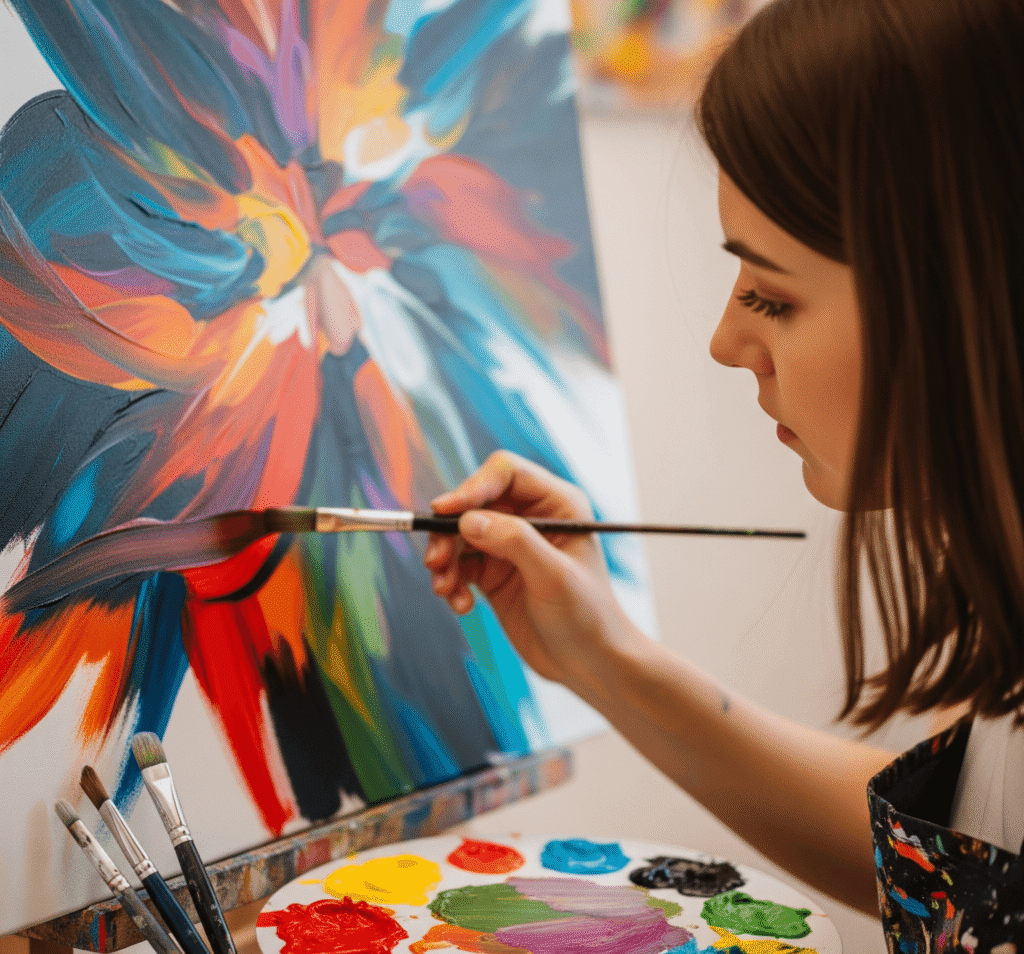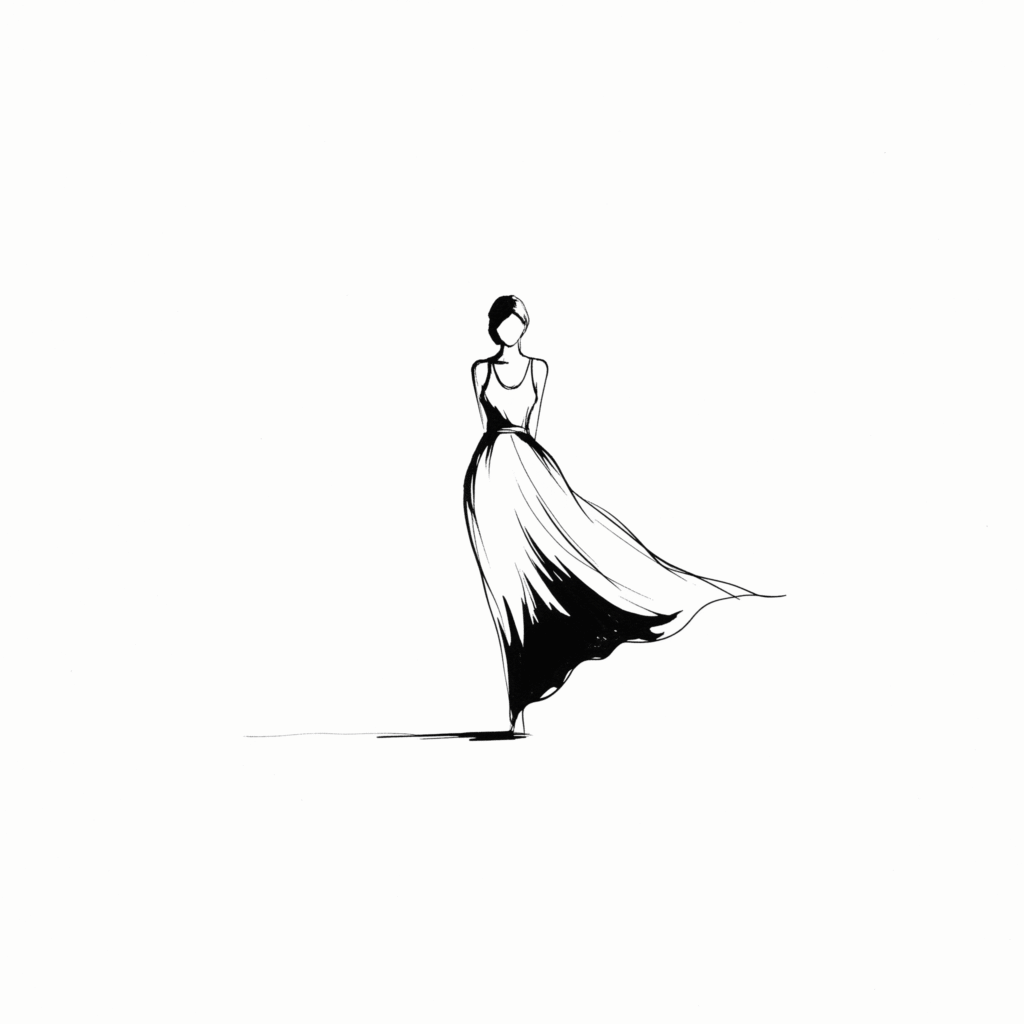Exploring the Art of Oil Painting: Techniques and Tips
Introduction
Oil painting has long stood at the pinnacle of fine art, captivating both creators and admirers with its depth, richness, and longevity. From the Old Masters like Rembrandt and Caravaggio to modern legends like Frida Kahlo and Lucian Freud, oil painting has remained a favorite medium for centuries. Whether you are a budding artist or a curious enthusiast, exploring oil painting techniques can open up a world of expressive possibilities and timeless beauty.
In this comprehensive guide, we will walk you through the fundamentals of oil painting, various methods and materials, practical tips, and essential techniques to master the medium. If you’re ready to deepen your understanding or embark on your oil painting journey, this post is your perfect starting point.
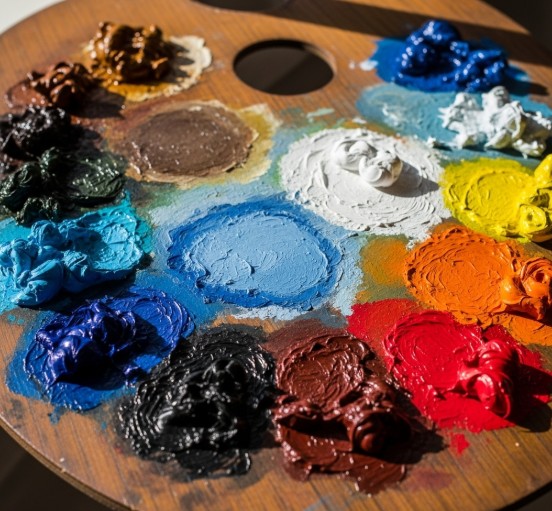
Why Choose Oil Painting?
Oil paints are made by suspending pigments in a drying oil, typically linseed oil. This composition offers unique properties that other mediums like acrylic or watercolor do not. The slow drying time of oil paint allows for extended blending, creating smooth transitions and rich textures that breathe life into a canvas.
Artists choose oil painting for several reasons:
- Rich colors and high pigment concentration.
- Versatility in application — from fine detail to heavy impasto.
- Durability — oil paintings can last for centuries with proper care.
- Flexibility with techniques like glazing, scumbling, and layering.

Essential Supplies for Oil Painting
Before diving into oil painting techniques, it’s crucial to understand the tools and materials that shape your artistic journey. Here’s a breakdown of essentials:
- Oil Paints: Start with a basic palette — titanium white, cadmium red, ultramarine blue, yellow ochre, and burnt umber. Professional-grade paints offer better pigment quality.
- Brushes: Bristle brushes for rough textures; sable or synthetic brushes for detail. Flat, filbert, and round shapes give varied results.
- Palette and Palette Knife: A flat surface to mix paints, and a knife for mixing or applying thick paint.
- Canvas or Board: Pre-primed canvases are beginner-friendly. Linen is preferred by professionals.
- Mediums: Linseed oil, turpentine, or odorless mineral spirits to modify paint consistency.
- Easel: Keeps your work at an ergonomic level.
- Rags or Paper Towels: For cleaning and blotting.
- Varnish: Used after the painting is completely dry to protect the surface.
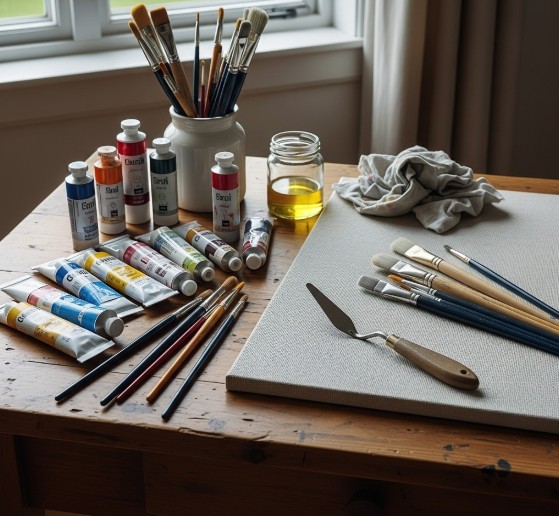
Foundational Techniques in Oil Painting
Mastering the art of oil painting begins with learning its foundational techniques. Below are some essential methods that every artist should explore:
1. Underpainting
This involves creating a monochromatic base layer to establish values and composition before applying color. Burnt umber or ultramarine blue are commonly used.
2. Glazing
A glaze is a transparent layer of color applied over dry paint. This technique adds depth, luminosity, and vibrancy. Thin layers are built gradually to enhance realism.
3. Alla Prima (Wet-on-Wet)
Popularized by artists like Bob Ross, this method involves completing a painting in one sitting while the paint is still wet. It’s ideal for expressive, spontaneous work.
4. Impasto
Impasto uses thick applications of paint to create texture. You can use brushes or palette knives to build up the surface.
5. Scumbling
A dry brush technique where a thin, opaque layer of paint is lightly brushed over another, allowing the underlayer to show through for atmospheric effects.
6. Chiaroscuro
This technique focuses on strong contrasts between light and dark to model form dramatically — a favorite of Renaissance masters.
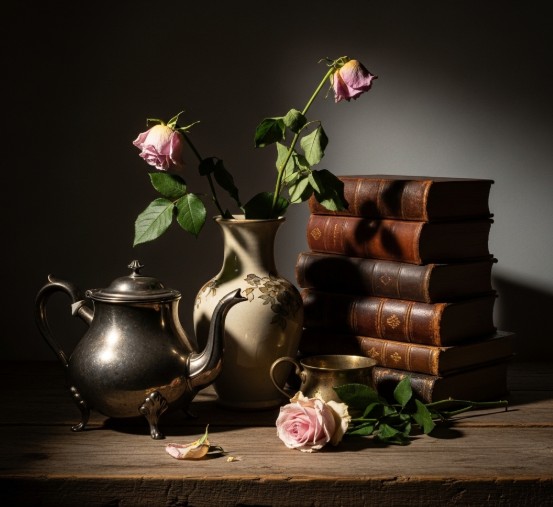
Color Mixing and Theory
Understanding color theory is essential in oil painting. Begin with a limited palette to learn how to mix secondary and tertiary colors. Mastering warm vs cool tones, complementary colors, and tonal values will drastically improve your artwork.
Tip: Use a grey palette instead of white to better judge color values.
Common Color Mixing Mistakes to Avoid:
- Overmixing — leads to muddy colors.
- Using black to darken — instead, use complementary colors.
- Ignoring color temperature — mix warm with warm, cool with cool for vibrancy.

Layering Rules: Fat Over Lean
This principle is crucial for long-lasting oil paintings. “Fat” refers to oil-rich layers, while “lean” means less oil (thinned with solvent). Always paint fat over lean to prevent cracking.
Tip: Start with thin washes and increase oil content with each layer.
Drying Times and Patience
Oil paint takes days to weeks to dry. Drying depends on the pigment and thickness. Use this to your advantage by working in layers or sections. Be patient — rushing can damage your painting’s integrity.
Quick-drying Oils:
- Cobalt drier
- Alkyd medium
- Liquin
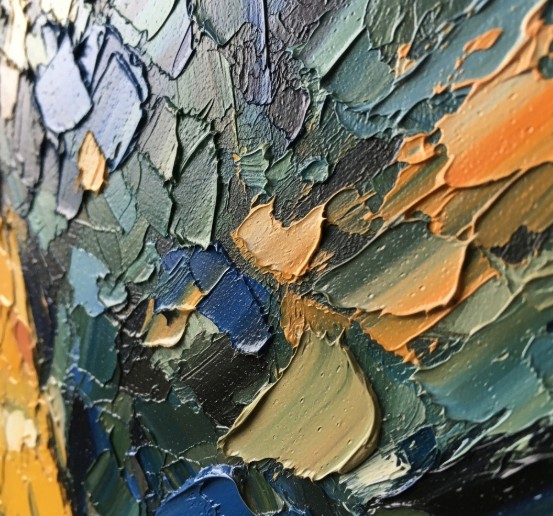
Maintaining Your Tools and Studio
Proper care ensures longevity of your tools and health in your workspace.
- Brushes: Clean with mineral spirits, then soap and water. Reshape and dry flat.
- Palette: Scrape excess paint, wipe with cloth, clean with solvent.
- Ventilation: Ensure good airflow if using solvents. Consider using eco-friendly alternatives.
- Storage: Store paintings upright in a dust-free, low-humidity environment.
Pro Tip: Switch to walnut oil or safflower oil mediums for a non-toxic studio experience.
Tips for Beginners
- Start small — practice on small canvases before attempting large works.
- Sketch lightly before painting.
- Limit your color palette to learn mixing.
- Don’t compare your work to masters — focus on progress.
- Keep a journal of techniques, mixes, and progress.
Practice Ideas:
- Monochromatic still life
- Copy a master painting (for study only)
- Self-portrait under natural light
- Landscape using alla prima
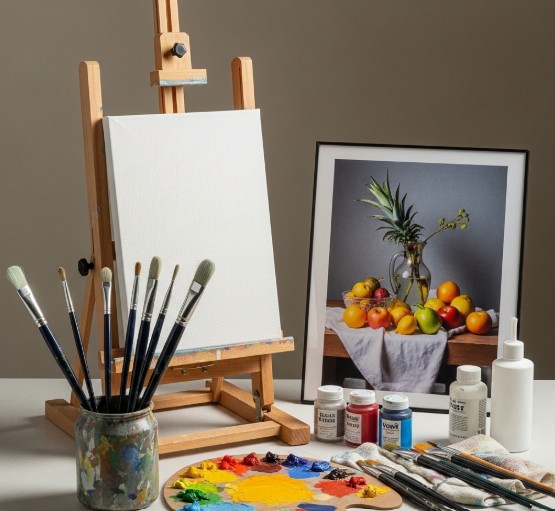
Learning from the Masters
Study historical oil painting techniques from masters like:
- Vermeer – glazing for luminous skin tones
- Caravaggio – chiaroscuro for drama
- Van Gogh – impasto for expressive movement
- Sargent – economy of brushstrokes
There are also modern artists and resources online where you can take classes, view process videos, or join communities. One such trusted site is Draw Paint Academy, which offers free and paid courses on oil painting techniques.
Modern Applications of Oil Painting
Today, oil painting isn’t limited to traditional landscapes or portraits. It’s evolving into contemporary expressions:
- Mixed media: Combining oil with digital prints or acrylic.
- Abstract oil painting: Thick textures and bold colors.
- Oil and cold wax medium: Adds texture and a matte finish.
At ISKUSS, we showcase carefully curated oil paintings that blend timeless technique with cultural narratives. Explore works that reflect tradition, modernism, and the global spirit of art.
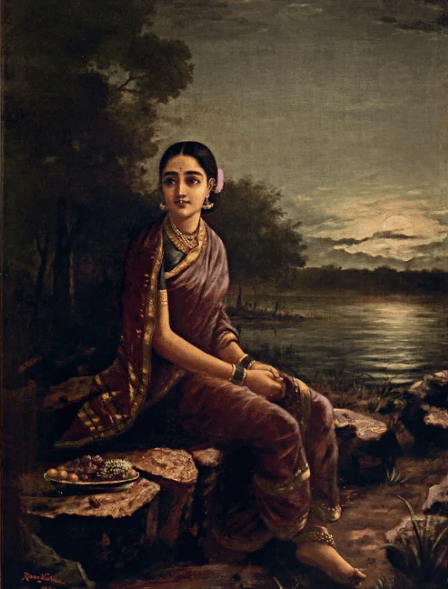
Conclusion
Exploring the art of oil painting is more than just learning how to apply paint — it’s about mastering expression, form, patience, and visual storytelling. Whether you’re layering glazes to build depth or using bold impasto strokes to convey emotion, each brushstroke brings you closer to a masterpiece.
By understanding the techniques, practicing consistently, and learning from both history and modern innovation, you can unlock the full potential of oil painting.
So pick up your brush, prepare your palette, and begin your journey into the vibrant, textured world of oil painting!
